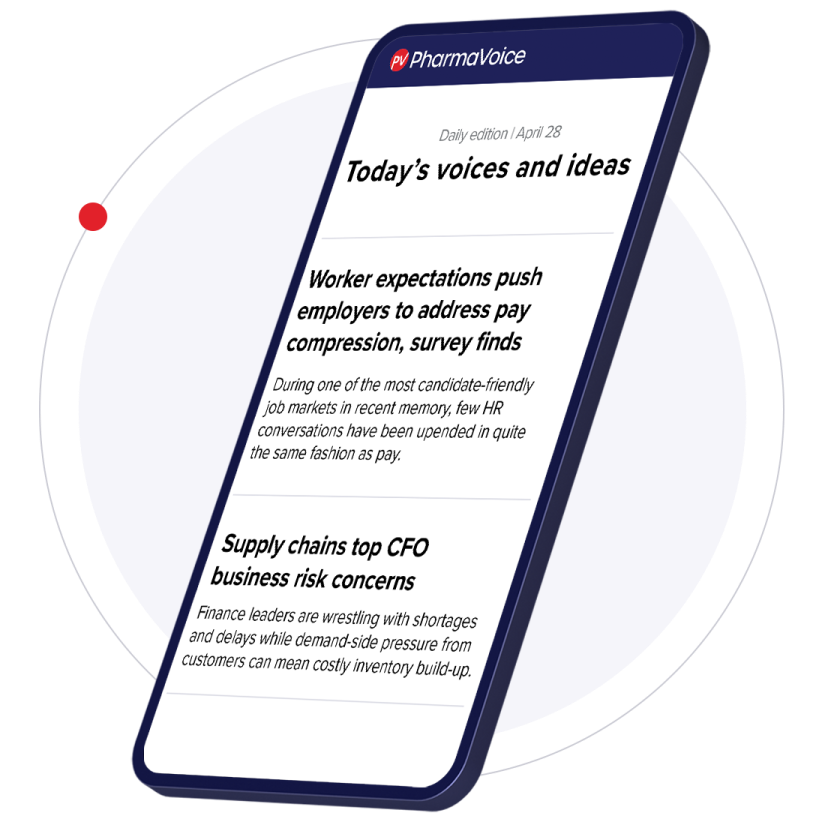The E-Arena VIEW on Clinical Services June 2006 Selecting and Implementing EDC-Enabled CDMS/CTMS — When “Should We?” Becomes “How Do We?” Timothy Pratt, Ph.D. Chief Marketing Officer and Principal Scientific Advisor In 2005, between 15% and 20% of all clinical trials in the United States were conducted using some form of electronic methodology, and most pundits expect double-digit adoption during the next three to five years. The Sea Change A sea change is under way in the life-sciences industry. Electronic clinical-research solutions are increasingly entering the mainstream. In 2005, between 15% and 20% of all clinical trials in the United States were conducted using some form of electronic methodology, and most pundits expect double-digit adoption during the next three to five years. Concomitantly, at conferences and other events the buzz has shifted from “should we?” to “how do we?” The latter question of how to undertake the journey is a very good one indeed. Navigating Past the Shoals As with any initiative, first select the right vehicle to achieve the objective. The vast oceans of clinical data are littered with shipwrecks of clinical trials that failed to navigate past sometimes hidden dangers. Upon embarking on the journey to an electronic methodology, there are several things that trial managers should look for to avoid washing up on the shore unsuccessfully. The very first thing to look for is an experienced company whose long-tenured staff has successfully weathered many an audit. You need a sturdy and proven vessel for your journey. Outfitting the Rigging for Success If the objective is to achieve cost savings in the short-term, there may be an unpleasant surprise in the future. Cheap solutions often cost substantially more in the medium- to long-term; either the dreaded “out-of-scope” change order charges or the costs of maintenance tend to be high or people dislike the clumsiness of the system and so perform poorly. Cost savings most often are realized via two mechanisms: cleaner data quicker and a reduced burden for general and data management, support, monitoring, and so on. The former advantage is diminished by systems where the definition of “real-time data” means the database is updated every one to two weeks, and the latter where the selected technology requires dedicated, on-site hardware that has to be purchased, maintained, and tracked. To obtain cost savings, trial managers should look for a solution that is easy to use, one that sites find intuitive, and one that internal personnel enjoy using. These attributes will assist in achieving the goal of getting data quickly, and if well designed, “cleaner.” Clinical-trial project managers should avoid solutions that require them to go to the vendor’s “university” for weeks just to learn how to operate the system. If they need such extensive training, so will their sites. Such a system is, by definition, not intuitive and thus the implementation and maintenance burden will be high. Look for systems that allow access from any computer, and from any Internet connection. Choosing a system that alienates all the Mac or Linux users, or demands a certain version of an operating system that many sites may not have, or want, will rapidly become a problem unto itself. Additionally, systems that demand software installation on site computers are likely to run into trouble from wary IT/IS administrators, especially in high-volume academic settings, and may produce undesirable interactions with other installed software. A vendor whose system will fit into established processes, that is, one that is customizable rather than an off-the-shelf offering, is critical to success. The flexibility to cost-effectively develop the reports, work flow, and operations management tools is critical to get people on board in the organization. To fully realize cost savings, trial managers need to alter their processes over time, but too much change all at once can easily incite a mutiny in the crew. Is to “Boldly Go” Really That Simple? In essence, yes; in practice, of course, there’s more to it. Project managers need to make sure the ship they sail on is not the lumbering Titanic organization (looks good, but prone to hitting icebergs) and the people who designed the system have the experience to help them sail effectively through the winds of change. Having selected the right ship, preparing for the journey is essential, but that’s another chapter in the story. MedNet Solutions Inc., Minnetonka, Minn., is a provider of EDC-enabled CDMS/CTMS clinical-research solutions. For more information, visit mednetstudy.com.
An article from


Selecting and Implementing EDC-Enabled CDMS/CTMS -- When
Filed Under:
Research & Development









